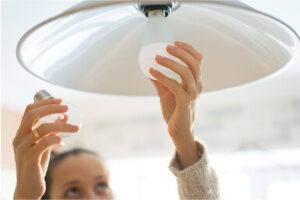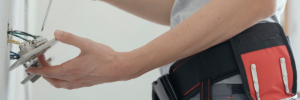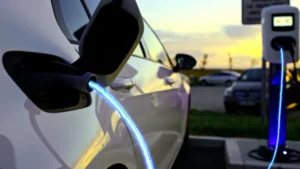U.S. fire departments responded to an estimated annual average of 47,820 reported home structure fires involving electrical failure or malfunction in 2007-2011. These fires resulted in 455 civilian deaths, 1,518 civilian injuries and $1.5 billion in direct property damage.
These facts are according to the National Fire Protection Agency (NFPA). The NFPA is an non-profit organization whose mission is ‘to reduce the worldwide burden of fire and other hazards on the quality of life by providing and advocating consensus codes and standards, research, training and education.’
Read more to get some electrical safety tips provided by the NFPA.
• Replace or repair damaged or loose electrical cords.
• Avoid running extension cords across doorways or under carpets.
• In homes with small children, make sure your home has tamper-resistant (TR) receptacles.
• Consider having additional circuits or outlets added by a qualified electrician so you do not have to use extension cords.
• Follow the manufacturer’s instructions for plugging an appliance into a receptacle outlet.
• Avoid overloading outlets. Plug only one high-wattage appliance into each receptacle outlet at a time.
• If outlets or switches feel warm, frequent problems with blowing fuses or tripping circuits, or flickering or dimming lights, call a qualified electrician.
• Place lamps on level surfaces, away from things that can burn and use bulbs that match the lamp’s recommended wattage.
• Make sure your home has ground fault circuit interrupters (GFCIs) in the kitchen bathroom(s), laundry, basement, and outdoor areas.
• Arc-fault circuit interrupters (AFCIs) should be installed in your home to protect electrical outlets.




